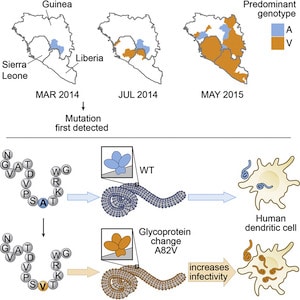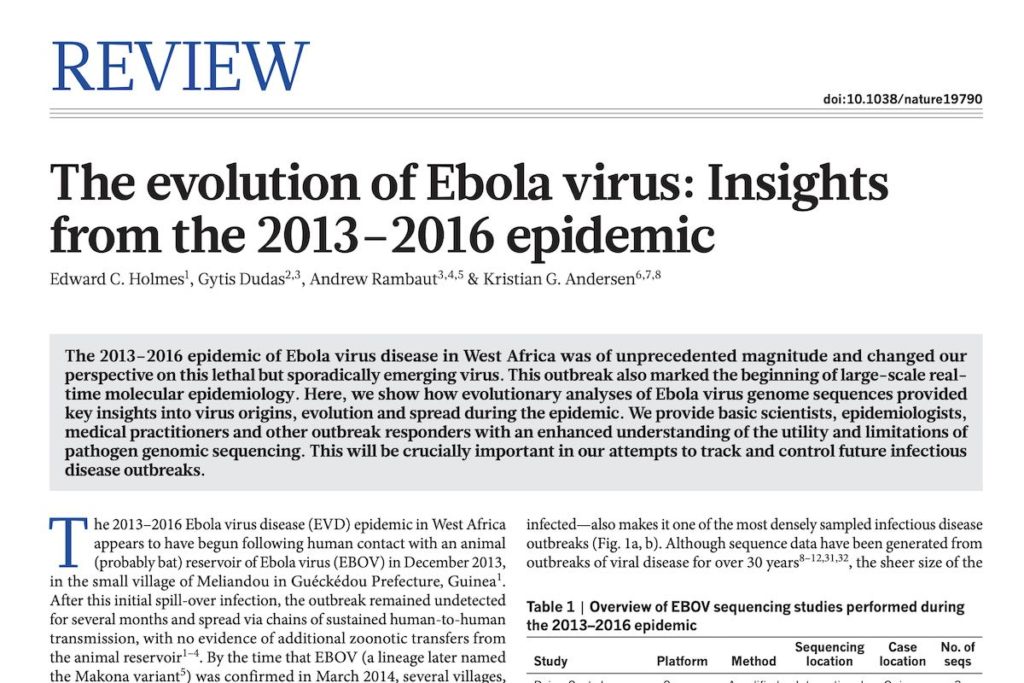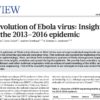Narrative 1 | Genomic Epi in San Diego


To gain insights into the the emergence, spread, and transmission of COVID-19 in our community, we are working with a large number of partners to sequence SARS-CoV-2 samples from infected patients in San Diego. This is our first preliminary analysis.
Kristian AndersenJune 18, 2020
















